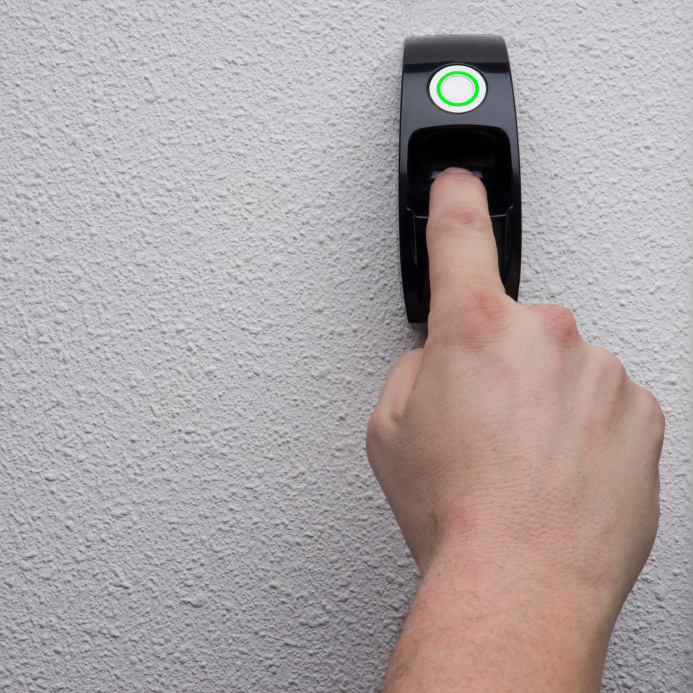
|
OSHA has answered this and other questions employers have asked about the lockout/tagout (LOTO) standard (and other standards, as well) in formal “letters of interpretation.” Today and tomorrow, we’ll look at some questions OSHA has answered about compliance with its LOTO rules.
Electronic Training Records
So, what’s the answer to our opening question? Will an electronic tracking system that identifies individual employees and specific events (e.g., facility entry and exit, clocking in/out) satisfy the LOTO requirement for training documentation?
OSHA’s interpretation: OSHA standards that require training generally contain a requirement for the employer to maintain records of employee training; these records may be kept in any form deemed appropriate by the employer, as long as the records are readily accessible to the employer, employees and their representatives, and to OSHA. This applies to computer-based training as well as to in-person training.
Ensure that your lockout/ tagout program is well –designed and effective by downloading this free paper! 10 Tips to Implementing a Lockout/Tagout Program.
OSHA adds, with respect to certification, that electronic certification done in this manner will meet the certification requirements of the LOTO standard, or any other standard, provided the electronic certification meets the requirements of the standard. For example, 29 CFR 1910.147(c)(7)(iv) requires an employer to certify that employee training has been accomplished and that the certification contains each employee’s name and dates of training. Electronic swiping of an employee identification badge would be acceptable under the standard if it records:
- Each employee’s name
- The date of training
- A component that certifies the training occurred
Verifying Lockout
An employer asked: Could a light-emitting diode (LED) device that is hard-wired to the disconnecting switch or circuit breaker, and that illuminates when any individual phase is energized, be used to meet the verification of de-energization requirements for LOTO found in 1910.147(d)(6)? In other words, if an employee checks the LED and none of the lights are illuminated, is that sufficient to verify successful lockout?
10 Tips to Implementing a Lockout/Tagout Program. This paper gives you 10 tips for ensuring that your LOTO program is well-designed, effective, and that it avoids some of the common failure points found in LOTO programs! Click here to download today!
OSHA’s interpretation: No. The type of device described, if installed correctly and maintained, might serve as a redundant indicator that the disconnecting device is in the open (“off”) position. However, verification as described in the standard involves specific steps that an authorized employee must follow. Before starting the servicing or maintenance work, an authorized employee must go down the points of isolation and verify that:
- The machine or equipment is turned off or shut down properly (29 CFR 1910.147(d)(2));
- All energy-isolating devices are identified, located, and operated (29 CFR 1910.147(d)(3));
- The lockout or tagout devices are attached to energy-isolating devices (29 CFR 1910.147(d)(4)); and
- Stored energy has been rendered safe (29 CFR 1910.147(d)(5)).
The verification provision of paragraph (d)(6) of 29 CFR 1910.147 requires an affirmative step on the part of an authorized employee to determine if the hazardous energy is effectively isolated and if relying solely on the LED device would not satisfy this requirement.
Tomorrow, we’ll look at what OSHA has to say about cord-and-plug connected equipment.
